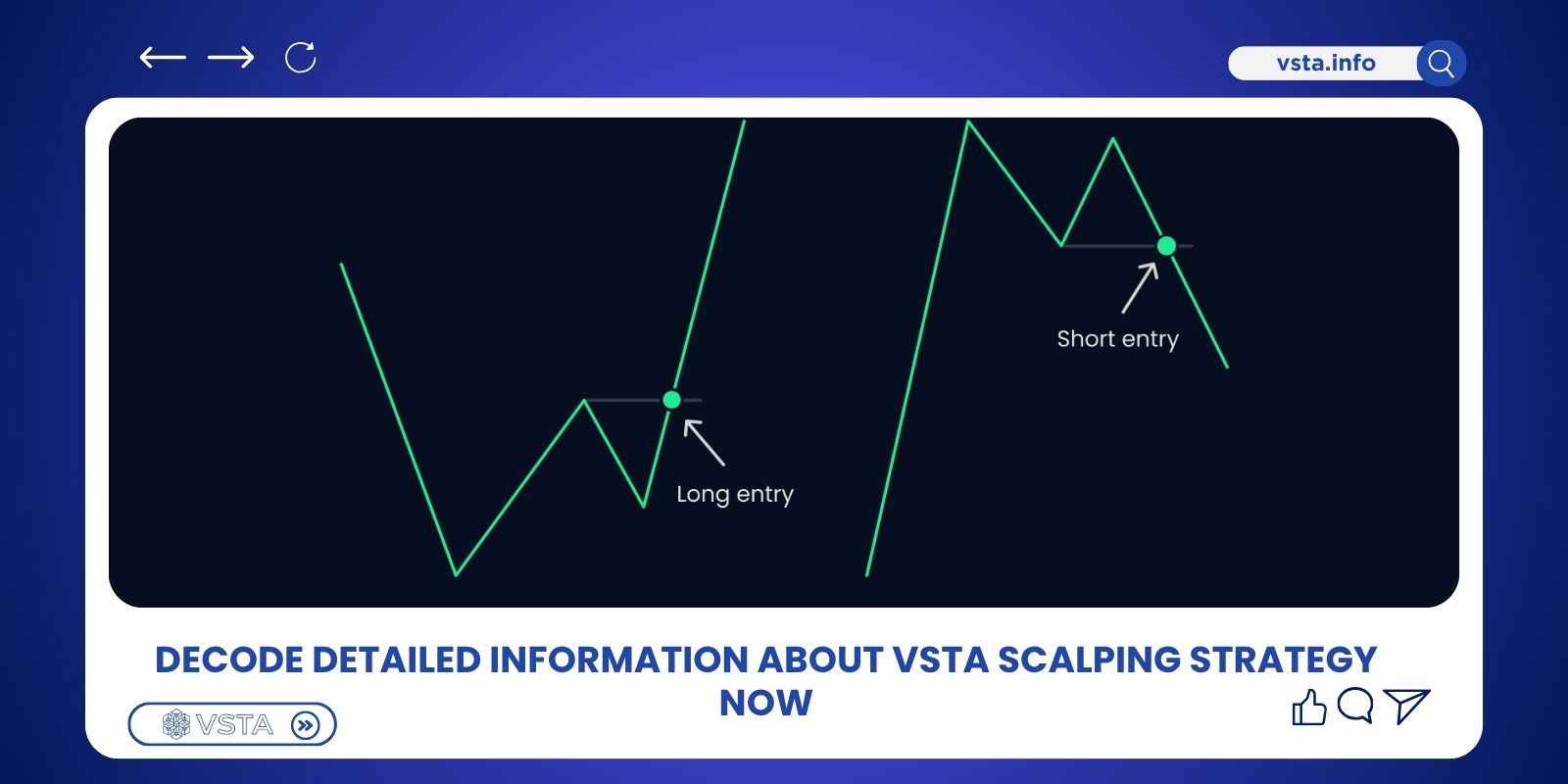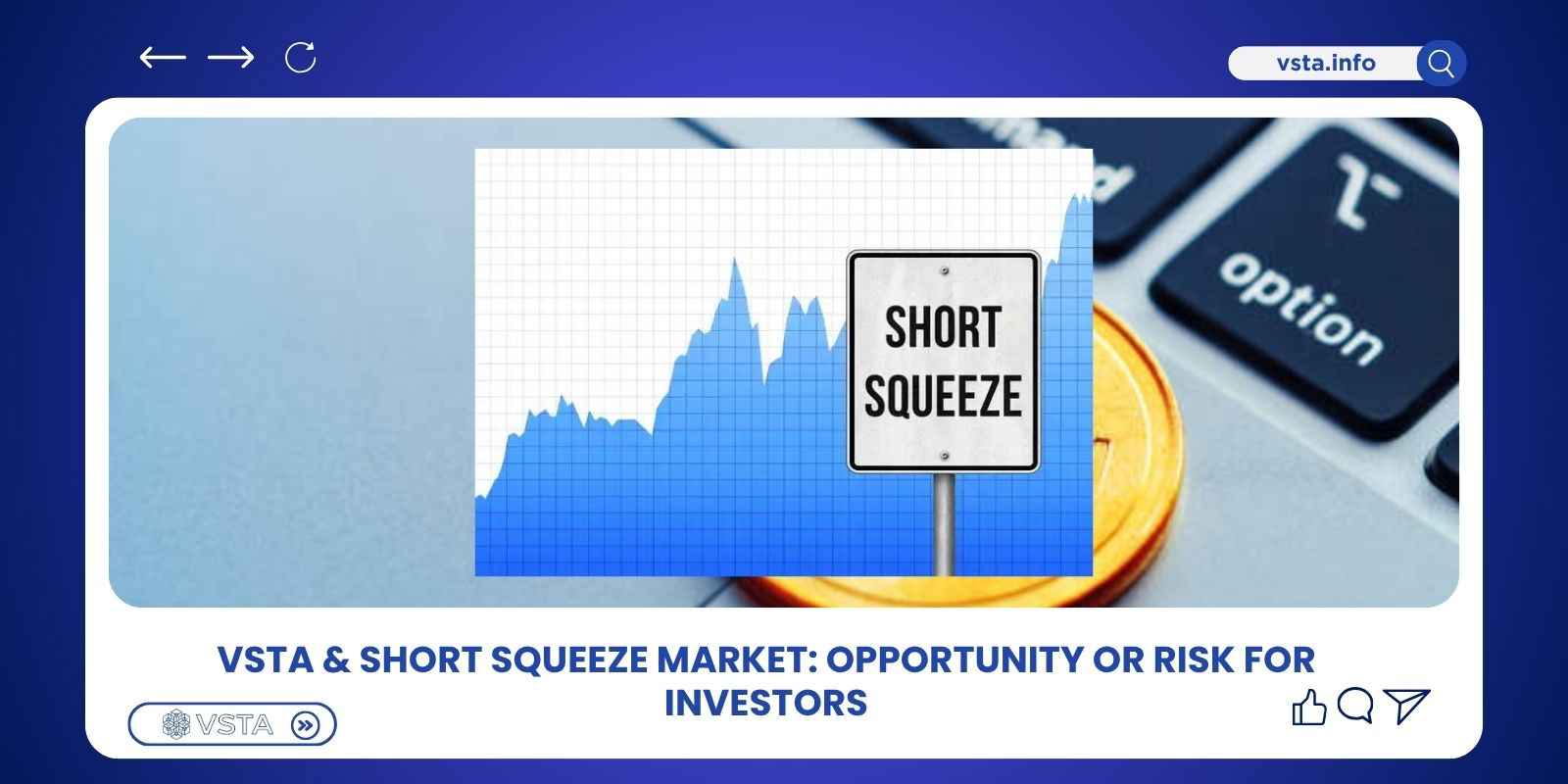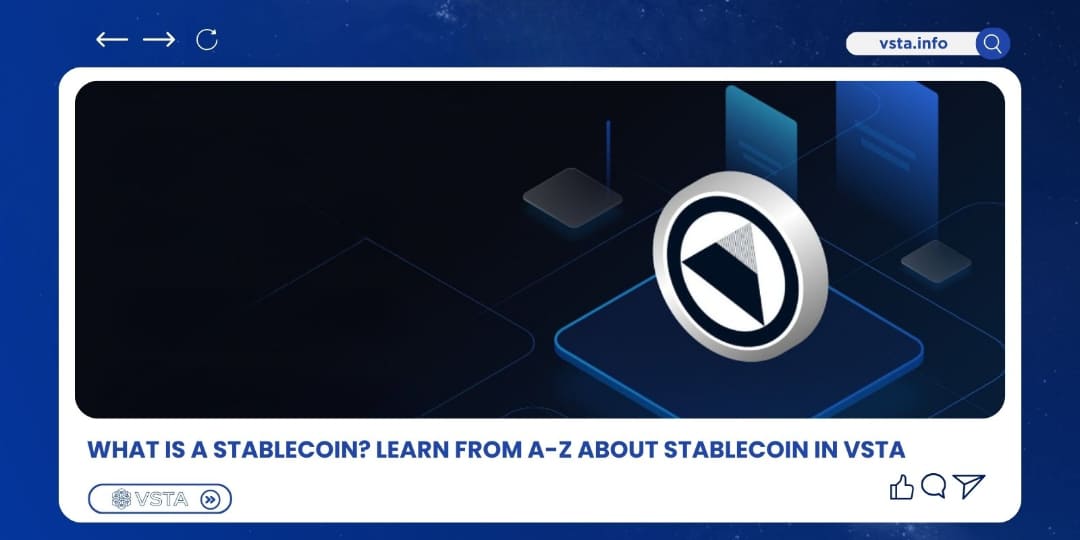VSTA Scalping Strategy is a short-term trading method (1–5 minutes) that aims to capitalize on small price fluctuations in the VSTA chart to generate consistent profits. This strategy combines technical analysis, fast indicators (EMA, RSI, VWAP), and strict risk management, allowing traders to maintain control over their positions and minimize losses. Check out the article below from VSTA.Info for a detailed explanation.
What is the VSTA Scalping Strategy?
In the world of crypto trading, scalping is one of the most popular strategies due to its ability to generate quick profits from short-term price movements.
With strong liquidity and moderate volatility, VSTA – the native token of the Vesta Finance ecosystem on Arbitrum – is emerging as a promising option for traders who prefer speed.
The VSTA Scalping Strategy involves buying and selling VSTA within short time frames (1–5 minutes) to take advantage of minor price swings for continuous profit. The strategy relies on technical analysis, fast-reacting indicators (EMA, RSI, VWAP), and tight risk management, helping traders stay in control of their positions and limit potential losses.
Foundations for Implementing the VSTA Scalping Strategy
To make the VSTA (Vesta Finance) scalping strategy effective, traders must understand the token’s volatility characteristics, liquidity conditions, and technical behavior. Scalping works best in markets with high trading volume and low latency. Below are the key foundational elements to prepare before applying the strategy.
Liquidity and Spread
One of the most important conditions for scalping is market liquidity. The VSTA token is currently listed on exchanges such as Uniswap (Arbitrum), SushiSwap, and several centralized exchanges that support Layer 2.
- High liquidity → enables fast order entry/exit and reduces slippage.
- Low spread → allows traders to secure small, repeated profits without erosion.
When scalping, it’s best to trade VSTA/ETH or VSTA/USDC pairs on exchanges with high 24-hour trading volume to ensure stable prices during rapid trading activity.

Price Volatility of VSTA
Scalping relies heavily on short-term price movements. VSTA typically exhibits mild to moderate volatility, with sharp increases often seen when:
- Vesta Finance announces new farming programs or VSTA airdrops.
- There’s news about protocol upgrades or expansion to other chains.
- The Arbitrum market is highly active and DeFi capital inflows are strong.
Traders can exploit these intraday “mini-waves” of VSTA to enter quick trades and aim for 0.3–1% profit per position.
Technical Tools and Timeframes
To scalp effectively, traders need fast-reacting indicators and precise timing tools:
- EMA (Exponential Moving Average): Use EMA 9 and EMA 21 to identify short-term trends.
- RSI (Relative Strength Index): Spot overbought/oversold zones on the 1–5 minute timeframe.
- VWAP (Volume Weighted Average Price): Confirms the volume-adjusted average price, helping refine entry points.
- Volume & Order Flow: Monitor volume spikes to anticipate short breakouts.
Trading System and Execution Speed
Because scalping depends on speed, you should:
- Use fast, low-fee exchanges (e.g., Uniswap Arbitrum, or centralized exchanges that support VSTA).
- Set up limit orders or stop-limit orders in advance for quick entries and exits.
- Avoid trading during Arbitrum network congestion or high gas fee periods.
Optimizing execution speed ensures you enter trades in sync with the price momentum, minimizing the risk of “missed timing” – a common mistake in scalping.
Trader Psychology and Discipline
Scalping VSTA is not just about technique – it’s also a psychological game:
- Be content with small profits, enter quickly, and exit quickly.
- Cut losses early when signals reverse; don’t hold losing positions.
- Set a daily trade limit to avoid overtrading.
Traders should maintain a statistical mindset—a few small losses are acceptable as long as the overall daily profit remains positive.

Advantages and Disadvantages of the VSTA Scalping Strategy
The VSTA Scalping Strategy offers exciting opportunities for traders who prefer speed and short-term control over their positions. However, it also comes with significant risks if capital and trading discipline are not managed properly.
Advantages of the VSTA Scalping Strategy
- Scalping allows traders to take profits multiple times a day by capitalizing on small price fluctuations in VSTA. Instead of waiting for large trends, traders can accumulate consistent gains through a series of small trades.
- The VSTA token often experiences moderate price swings due to farming, staking activities, or Vesta Finance announcements. Traders can exploit these brief movements to execute quick buy–sell orders, earning 0.3–1% profit per trade.
- Scalping strategies involve strict stop-loss placement and rapid execution, helping minimize large losses when the market reverses.
- Scalping doesn’t require a large starting balance. It focuses on fast capital turnover and low transaction fees, making it suitable for individual traders or those testing short-term trading strategies.
Disadvantages of the VSTA Scalping Strategy
- Since scalping profits are small per trade, even minor transaction fees or slippage can erase gains or turn them into losses.
- In low-liquidity conditions, large orders can move the market, creating a significant gap between the intended and executed price. This is especially dangerous when using leverage or automated scalping bots.
- Scalping is not suitable for busy traders or those unable to monitor the market closely. It requires constant chart observation and instant reaction to every price move. Even a few seconds of delay can cause an entry or exit at the wrong price.
- Executing many trades in a short period can be exhausting and lead to impulsive decisions. Without discipline, traders can easily fall into “revenge trading”-trying to recover losses through emotional, high-risk trades.
Specific Scalping Strategy for VSTA
The VSTA Scalping Strategy aims to capitalize on small price fluctuations within short timeframes to generate consistent profits. The core of this method lies in speed, discipline, and precise risk management. Below is a detailed guide:
Recommended Timeframes
For scalping, you should use low timeframes to detect signals early and react quickly to price movements:
- 1-minute (M1): Suitable for professional traders who monitor the market constantly. Fast-moving but prone to noise.
- 3-minute (M3): A balance between noise and accuracy — the most suitable for most VSTA traders.
- 5-minute (M5): Safer and provides more stable signals but comes with higher delay.

Entry Strategy
The goal is to catch small intraday waves using clear, confirmed technical signals. You can apply a combined EMA + VWAP + Volume setup as follows:
Long Entry (Buy Signal):
- EMA 9 (fast line) crosses above EMA 21 (slow line) → confirms short-term uptrend.
- Price stays above VWAP → indicates buying pressure dominates.
- Volume spike (sudden increase in trading volume) → signals new money entering the market → Enter a Long position when a candle closes above VWAP and confirms the EMA crossover.
Short Entry (Sell Signal):
- EMA 9 crosses below EMA 21 → confirms short-term downtrend.
- Price stays below VWAP → indicates market weakness.
- Increasing volume on a price drop → confirms strong selling momentum → Enter a Short position when a candle closes below VWAP and the fast EMA crosses downward.
Exit Strategy
In scalping, quick and disciplined exits are more important than perfect entries.
- Take-Profit (TP): Recommended risk/reward ratio of 1:1 or 1:1.5. Example: If stop-loss is 0.3%, set take-profit between 0.3–0.45%.
- Stop-Loss (SL): Place it just below/above the nearest VWAP zone or below/above the signal candle’s low/high. Avoid losses exceeding 0.5–0.8% per trade on short timeframes.
- Manual Exit: If after 3–5 candles the price doesn’t move in your favor, close the trade manually to preserve capital.
Trade and Risk Management
Effective capital and trade management is crucial for a successful scalping strategy:
- Don’t hold positions for long: Scalping means “get in fast, get out fast.” Each trade should close within 3–10 minutes, avoiding strong reversals or volatility spikes.
- Capital allocation: Use only 1–2% of total capital per trade. Avoid opening multiple trades simultaneously, especially in sideways markets (narrow ranges).
- Order selection: Limit Orders: Better price control, avoids slippage. Market Orders: Use for instant entries, but only in high-liquidity conditions.
- Trading discipline: Don’t chase entries after missing a signal. Don’t increase position size to recover from a loss. Stop trading if you lose three consecutive trades to avoid emotional decisions.
Conclusion
The VSTA Scalping Strategy is an effective short-term trading approach that leverages small price movements of the VSTA token to generate fast and consistent profits. By combining technical indicators such as EMA, VWAP, and Volume Spikes, traders can identify early signals, execute precise entries, and maintain strict risk control – ensuring consistent performance in a fast-paced trading environment.



